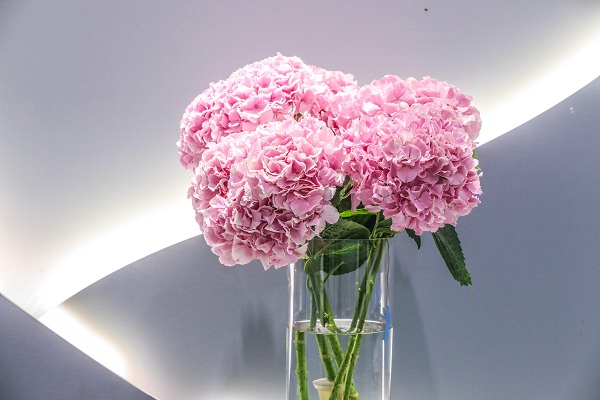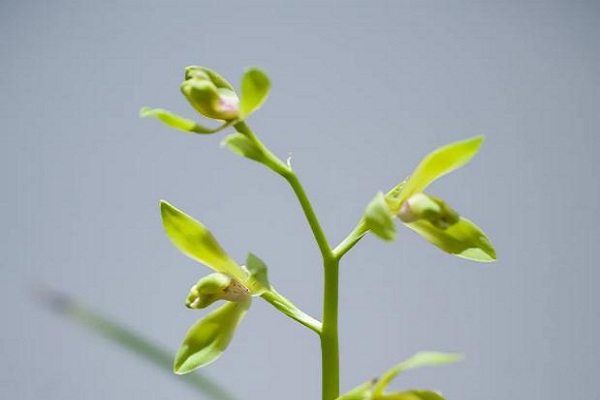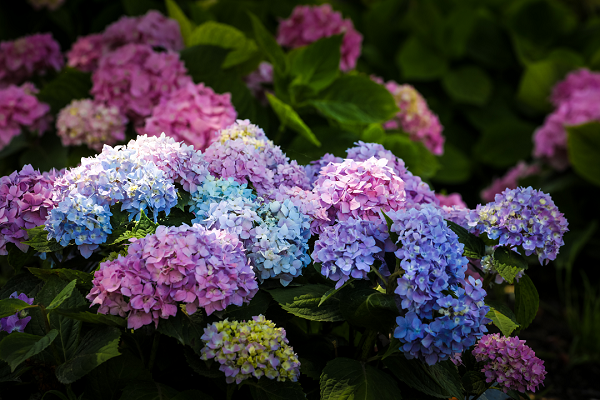On top of Tianma Mountain in the Shanghai Sheshan National Tourist Resort – located in the Songjiang district of East China's Shanghai – stands a pagoda, thought by many to be the world's most leaning tower of its kind.
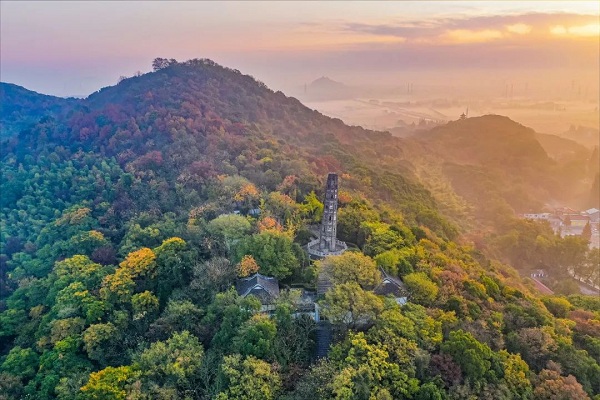
The Huzhu Pagoda on Tianma Mountain is said to tilt more than the famous Leaning Tower of Pisa in Italy. [Photo/WeChat account: sheshanlvyoutopnews]
The Huzhu Pagoda is located on the right side of the middle peak of Tianma Mountain – one of nine peaks in the resort – at an altitude of 100.2 meters. It was first built in 1079 during the Song Dynasty (960-1279) with funds raised by a revered local. Later, a general hid the five-color Buddha relics given by Emperor Gaozong in the seven-story octagonal pagoda, which stands about 18.8 meters high. Hence its name Huzhu, which literally means "protecting the Buddha relics". It is said that the relics shone celestially at night.
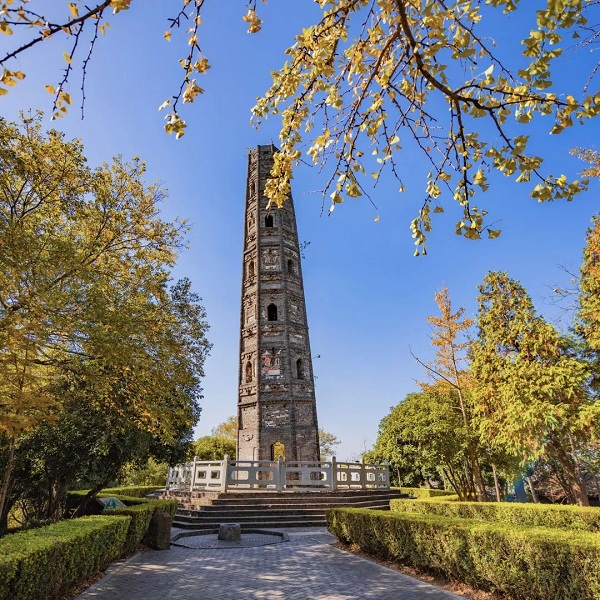
The ever-leaning Huzhu Pagoda is particularly delightful during autumn. [Photo/WeChat account: sheshanlvyoutopnews]
In 1788 during the Qianlong reign of the Qing Dynasty (1644-1911), firecrackers sparked a fire in the tower, burning all its core wood, tower ladders, floors and eaves – leaving only the shell made of bricks.
Later, people found ancient coins in the cracks and started to tear down the bricks in search of more. Eventually, the base of the northwest corner of the pagoda was dismantled, creating a large hole about two meters in diameter which caused the tower body to tilt.
In 1982, the Shanghai Municipal Administration of Culture and Tourism conducted an on-site survey and found that the tower had tilted nearly 7 degrees to the southeast, with a center displacement of 2.27 meters.
Nowadays, its inclination far exceeds that of the Leaning Tower of Pisa in Italy, making it the most tilted tower in the world.
Despite its precarious-looking leaning, the pagoda has withstood the test of time – standing firm after more than two centuries of wind, rain and earthquakes.
On the east side of the pagoda, there is an ancient ginkgo tree believed to be over 700 years old. Its branches resemble the shape of dragon claws, facing the direction of the leaning pagoda.
Legend has it that this ancient ginkgo tree is the giant palm of the mountain god, which strongly supports the pagoda, allowing it to survive hundreds of years of wind and rain without falling.
